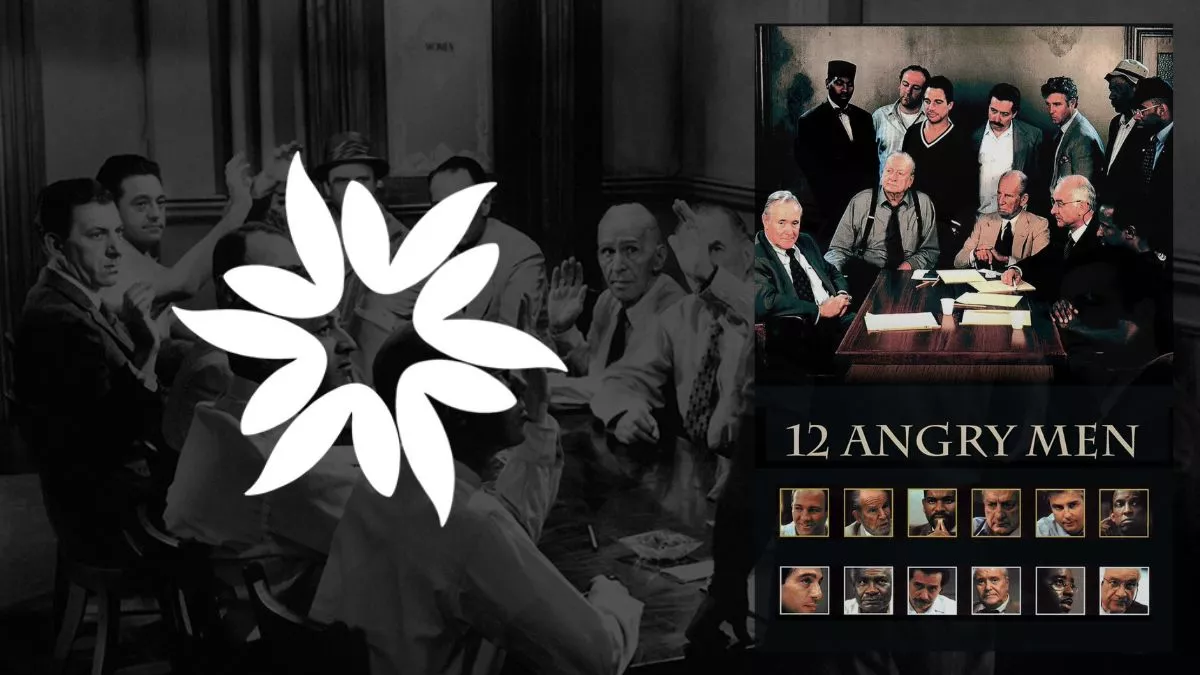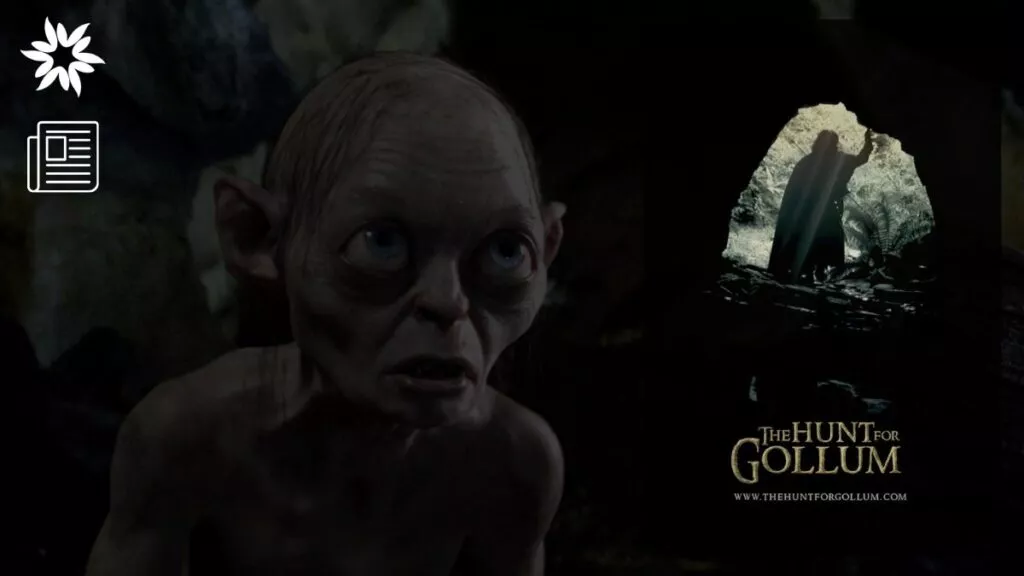So, you’ve caught the classic movie bug, huh? Perhaps it’s the charm of old-school Hollywood, the black-and-white magic, or the curiosity about what made these films stand the test of time. Whatever the reason, you’re in for a treat!
The 1950s were a golden era for cinema, full of unforgettable stories, legendary performances, and groundbreaking techniques that still influence movies today.
As a result, we’ve rounded up the top 10 must-watch movies from the 1950s that you absolutely can’t miss.
So, grab some popcorn, settle in, and let’s take a trip back to a time when movies were really something special!
Key Takeaways
- These 1950s movies set the bar high with stories and characters that still connect with us today.
- Many of these movies shaped future films, inspiring directors and writers for generations.
- The themes and stories from 1950s movies continue to resonate, making them must-watches for any film lover.
1. 12 Angry Men (1957)
First up, Sidney Lumet’s 12 Angry Men is a deep dive into the American justice system, human behavior, and moral responsibility.
There’s no denying 12 Angry Men has an interesting premise – the entire film happens in a jury room where twelve jurors must decide the fate of a young man accused of murder.
Lumet uses the tight setting to build tension, making the room feel smaller as the pressure rises.
The film’s brilliance is in how the characters interact and how the camera work shows the changing power among the jurors.
For example, as the discussion continues and the jurors become more set in their opinions, the camera angles get closer, showing the growing conflict and personal struggles.
Juror #8, played by Henry Fonda, is the moral compass, pushing the others to face their own biases and mistakes in their thinking.
The story’s heart is centered on themes of justice, prejudice, and the power of one voice to bring about change.
Interestingly, the jury room becomes a small version of society, revealing deeper issues and personal biases.
Lumet’s clever use of symbols, such as a broken fan representing a failing system, adds depth to the story, so much so that 12 Angry Men is a classic that still speaks to audiences today.
2. Seven Samurai (1954)
Akira Kurosawa’s Seven Samurai is a groundbreaking film in world cinema. Still, to this day, it’s one of the most influential movies ever.
The movie is about a small village that hires seven samurai to protect it from bandits. However, Kurosawa’s expert direction elevates this simple story, mixing action, drama, and deep character development.
The film is famous for its innovative use of multiple cameras during action scenes, which allowed Kurosawa to capture dynamic movements and create a chaotic and urgent feel in battles.
The film’s pacing is special, as Kurosawa carefully develops each character, making the audience deeply connect with the samurai and the villagers.
Seven Samurai explores themes of honor, sacrifice, and the class divide in feudal Japan. It looks at the moral complexities of violence and its impact on those who must use it.
The film’s influence goes far beyond Japan, inspiring many Westerns, especially The Magnificent Seven. Its legacy is secured by its groundbreaking techniques and universal themes of heroism and humanity.
3. Vertigo (1958)
Although Alfred Hitchcock’s Vertigo initially received little acclaim, it is now considered one of the greatest films ever made.
In classic Hitchcock style, Vertigo is a psychological thriller that tears apart the layers of obsession, identity, and the blurry line between reality and illusion.
James Stewart plays Scottie, a former detective with a fear of heights, who is hired to follow a woman (Kim Novak) who seems to be possessed by a spirit.
Hitchcock’s use of the “vertigo shot” – where the camera zooms in while moving backward – creates a dizzying effect that mirrors Scottie’s mental decline.
This shot has become iconic in film, showing the twisting of reality and Scottie’s messed-up mind.
Vertigo is also known for its complex story and flawed, unreliable characters. The film challenges what the viewer believes is true, using visual themes like spirals and duality to reinforce its ideas.
Over time, Vertigo has been re-evaluated and is now seen as a masterpiece, influencing filmmakers and critics with its bold storytelling and deep psychological substance.
Bonus Tip: Are psychological thrillers your thing? If so, you’ll appreciate our list of best Stephen King movies on Netflix.
4. Some Like It Hot (1959)
Billy Wilder’s Some Like It Hot is a bold take on gender roles and societal norms that still matter today.
The movie, set during Prohibition, follows two musicians (Tony Curtis and Jack Lemmon) who see a mob hit and disguise themselves as women to escape.
As you might expect from the plot, this creates a series of hilarious situations that challenge both the characters and the audience to rethink gender and identity.
The movie’s humor comes from the funny situations, clever lines, and the chemistry between the actors. Marilyn Monroe, playing the band’s singer, Sugar Kane, gives one of her best performances, mixing vulnerability with sensuality.
Even though she had a hard time during filming, her performance is often seen as one of the highlights of her career.
Some Like It Hot was also ahead of its time in how it showed cross-dressing and gender roles – a rarity in 50s movies.
Jack Lemmon’s character goes through a change that lets him understand what it’s like to be a woman, which was pretty groundbreaking then.
The movie has influenced many comedies since, and its last line, “Nobody’s perfect,” is one of the most famous in movie history.
5. On the Waterfront (1954)
Elia Kazan’s On the Waterfront is a powerful drama about corruption, conscience, and redemption.
The movie stars Marlon Brando as Terry Malloy, a former boxer who now works on the docks and gets caught up in the shady dealings of the dockworkers’ union.
Brando’s performance is often called one of the greatest in film history because of its raw, emotional power.
There’s no doubt the movie’s most famous scene is when Terry says he “coulda been a contender,” which sums up the themes of lost potential and the personal cost of doing what’s right.
On the Waterfront also stood out for using real locations and showing working-class people’s strenuous lives, making it feel more natural and hit harder emotionally.
Kazan’s direction and Budd Schulberg’s strong script created a movie that won eight Academy Awards and shaped American filmmaking for years.
The film examines moral courage and the consequences of acting and staying silent, making it a timeless classic.
6. The Bridge on the River Kwai (1957)
David Lean’s The Bridge on the River Kwai is an epic war movie that digs into the complexities of duty, honor, and madness.
Set during World War II, it tells the story of British POWs forced to build a bridge for their Japanese captors.
Alec Guinness stars as Colonel Nicholson, who becomes obsessed with finishing the bridge to show off British superiority, leading to a serious moral and psychological struggle.
The movie’s stunning visuals, especially the bridge and jungle, match its intense character study.
Guinness’s performance won him an Academy Award, and the movie won seven Oscars, including Best Picture. The film’s premise explores the thin line between duty and obsession, and how pride can lead to downfall.
The Bridge on the River Kwai is a deep look at the human condition, exploring the paradoxes of war, the clash of cultures, and the costs of blind obedience.
Its climax, with the bridge’s destruction, is one of the most iconic moments in cinema.
7. Singin’ in the Rain (1952)
Singin’ in the Rain is one of the most loved musicals ever, but it’s also a movie that brilliantly shows a moment in Hollywood history – the switch from silent films to talking movies.
Directed by Gene Kelly and Stanley Donen, the film is set in the late 1920s and follows Don Lockwood (played by Kelly), a silent film star dealing with the challenges of sound in movies.
The story, co-written by Betty Comden and Adolph Green, celebrates and critiques Hollywood’s golden age. It uses humor and nostalgia to show the struggles actors faced during the shift to sound.
The famous “Singin’ in the Rain” scene, where Kelly sings and dances in the Rain, is one of the most iconic scenes in film history.
It perfectly shows how the movie blends dance and storytelling, a technique Kelly called “cine-dance,” in which dance expresses the characters’ feelings and moves the story forward.
Beyond being entertaining, Singin’ in the Rain also comments on Hollywood’s fake nature, cleverly showing the behind-the-scenes truth of filmmaking while still enjoying the magic of movies.
At first, the film wasn’t seen as the masterpiece it is today, but over time, it gained critical acclaim and is now considered by many as the greatest Hollywood musical ever made.
8. A Streetcar Named Desire (1951)
Elia Kazan’s adaptation of Tennessee Williams’ A Streetcar Named Desire is a film filled with raw emotional power. It explores deep themes like desire, mental illness, and class conflict.
Set in the hot, crumbling atmosphere of New Orleans, the film tells the story of Blanche DuBois (Vivien Leigh), a fading Southern belle who moves in with her sister Stella (Kim Hunter) and her rough brother-in-law Stanley Kowalski (Marlon Brando).
The movie is famous for its groundbreaking performances, especially Marlon Brando’s, whose role as Stanley brought a new level of realism to acting.
Brando’s intense and raw portrayal captures the wild energy of his character, while Leigh’s performance as Blanche is equally strong. It shows the delicate and delusional nature of a woman breaking down under her past.
The film digs into the darker sides of human nature, with themes of power, dominance, and the destructive effects of desire.
Kazan’s direction highlights the tight, stifling setting and the psychological tension between the characters, so it’s often regarded as one of the best 50s movies.
A Streetcar Named Desire made Brando a major star and helped establish method acting as a leading style in Hollywood.
9. The Seventh Seal (1957)
Ingmar Bergman’s The Seventh Seal explores existential themes during the Black Death in medieval Sweden.
The story follows a knight named Antonius Block, played by Max von Sydow, who returns from the Crusades and plays a symbolic chess game with Death (Bengt Ekerot).
This chess game is one of the most famous scenes in cinema, as it represents the struggle between life and death and the search for meaning in a world that seems indifferent.
Bergman uses the medieval setting to explore timeless questions about faith, God’s silence, and the certainty of death.
The film’s dark and atmospheric black-and-white cinematography by Gunnar Fischer highlights the themes of mortality and despair.
Scenes like the procession of flagellants and the witch-burning create a strong feeling of doom that mirrors the characters’ existential crises.
Despite its heavy themes, The Seventh Seal also has moments of dark humor and absurdity, showing Bergman’s view of life as absurd.
The film mixes the living and the dead, suggesting that life might be just a cosmic game controlled by a higher power.
The movie’s themes reach beyond its medieval setting, reflecting 20th-century post-war fears, especially the anxiety over nuclear war during the Cold War.
Bergman’s critical view of the church also reflects his faith and organized religion struggles, adding more depth to the film’s spiritual and existential exploration.
10. North by Northwest (1959)
Alfred Hitchcock’s North by Northwest is a classic thriller that throws suspense, adventure, and humor into a plot about mistaken identity.
Cary Grant stars as Roger Thornhill, an ad executive caught in a web of espionage after being mistaken for a government agent.
Then, this mistake sends him on a cross-country chase, ending in the famous Mount Rushmore climax.
It’s no surprise that Hitchcock delivers once again, with North by Northwest being celebrated for its stylish direction. Hitchcock expertly uses clever techniques to keep the tension high and the story moving briskly.
For example, in the scene where Thornhill is chased by a crop duster in a field, wide-angle shots create suspense in an ordinary setting.
With just the ominous sound of the plane and no dialogue, this scene is one of the most memorable in film history.
Hitchcock’s direction is backed by a sharp script from Ernest Lehman, which smoothly combines romance, humor, and intrigue. The memorable score by Bernard Herrmann adds to the excitement and tension.
North by Northwest is seen as a forerunner to modern action thrillers, influencing many films with its mix of suspense, humor, and fast-paced action.
Hitchcock’s talent for creating tension in everyday situations and his innovative visual storytelling make this film one of the best movies of the 50s.
Time to Enjoy These Great Movies from the 1950s
So, there you have it – our list of the top 10 must-watch movies from the 1950s! These films are a slice of cinema history that still resonates today.
Why not pick a night this week, make some popcorn, and have a 1950s movie marathon? You’ll experience the charm, drama, and pure storytelling that made these films iconic. Trust us, you won’t be disappointed!
Plus, you’ll have some great talking points for your next movie night with friends. So, what are you waiting for? Start watching and enjoy the magic of 50s cinema!








